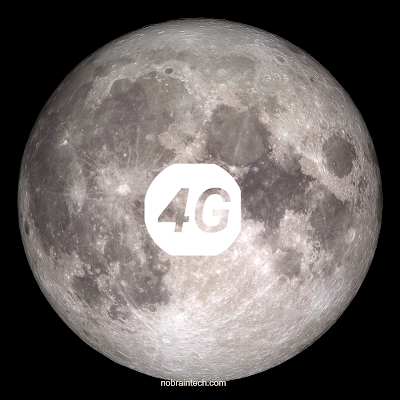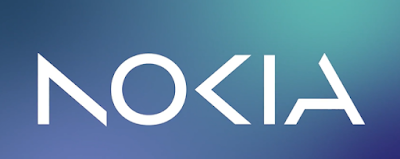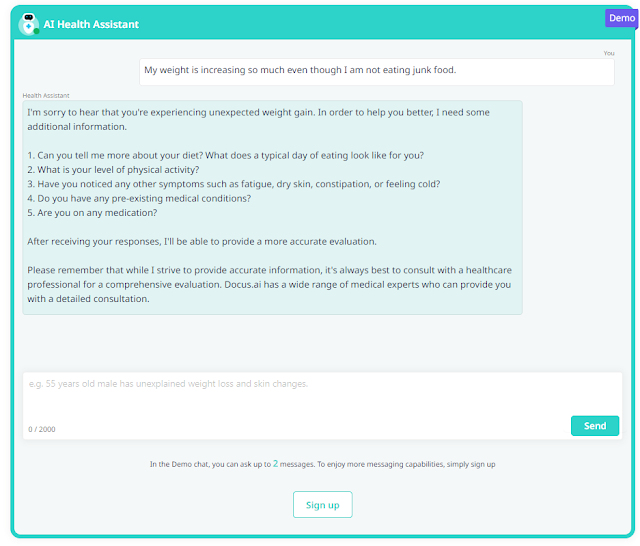Decoding Nokia's Ambitious Plan: Bringing 4G to the Moon
Have you ever wondered what it would be like to browse the internet on the moon? Well, you might not have to wait too long to find out. Nokia, the Finnish telecom giant, is planning to launch 4G internet on the moon later this year, as part of a collaboration with NASA.
Why 4G on the moon?
The moon is not just a barren rock in space. It is a potential destination for future human exploration and settlement. NASA's Artemis program aims to land the first woman and the next man on the moon by 2024, and establish a sustainable human presence there by the end of the decade.
To achieve this ambitious goal, NASA needs reliable and high-speed communication systems on the lunar surface. That's where Nokia comes in. The company has been awarded a $14.1 million contract by NASA to deploy an LTE/4G communications system on the moon that will help pave the way for a sustainable human presence there.
The 4G network will enable astronauts to communicate with each other, with mission control, control the rover remotely, stream real-time video and transmit data from the moon to Earth. It will also support scientific experiments and exploration activities on the lunar surface.
How will it work?
Nokia is building a lunar network that will consist of an LTE base station with integrated Evolved Packet Core (EPC) network functionality, LTE user equipment, RF antennas and high-reliability operations and maintenance (O&M) control software.
The network equipment will be ultra-compact, low-power, space-hardened and designed to withstand harsh conditions such as extreme temperature, radiation and vacuum. It will also be able to self-configure and adapt to the lunar environment.
The network equipment will be launched on a SpaceX rocket over the coming months, along with a solar-powered rover that will carry and deploy the antenna system. The rover will travel to the Shackleton crater near the lunar south pole, where there is abundant sunlight and water ice.
The network will be used within NASA's Artemis 1 mission, which will send an un-crewed Orion spacecraft around the moon and back to Earth. The mission will test the performance and reliability of the network and pave the way for future missions involving human crews.
What are the benefits?
The 4G network on the moon will provide several benefits for NASA and humanity. Some of them are:
- It will enable faster and more efficient data transmission than existing radio systems, which have limited bandwidth and high latency.
- It will reduce the complexity and cost of lunar communications infrastructure, as it leverages existing terrestrial technologies and standards.
- It will enhance safety and productivity of astronauts, as they will be able to communicate seamlessly with each other and with Earth.
- t will enable new applications and services that are not possible with current systems, such as live video streaming, virtual reality, augmented reality and cloud computing.
- It will support scientific discoveries and innovations that can advance our understanding of the moon and beyond.
What are the challenges?
The 4G network on the moon is not without its challenges. Some of them are:
- It will have to cope with extreme environmental conditions such as temperature variations, radiation exposure, dust storms and micrometeorites.
- It will have to overcome signal interference and attenuation caused by lunar terrain features such as mountains, craters and rocks.
- It will have to deal with long propagation delays due to the distance between the moon and Earth, which can affect data quality and user experience.
- It will have to ensure security and privacy of data transmission in a hostile space environment where adversaries may try to disrupt or intercept communications.
What's next?
Nokia's 4G network on the moon is not an end in itself. It is a stepping stone towards building a more advanced 5G network that can offer even higher speeds, lower latency and greater capacity.
Nokia has already announced its plans to upgrade its lunar network to 5G in the future, as part of its vision to create a lunar cellular network that can support both human and robotic missions.
Nokia is not alone in this endeavor. Other companies such as Vodafone, SpaceX and Amazon are also working on developing their own space-based communication networks that can connect Earth with the moon and beyond.
The race for lunar connectivity is on. And Nokia is leading the way with its innovative 4G network that can bring internet access to one of the most remote places in our solar system.
Conclusion
Nokia's initiative to bring 4G to the Moon marks a significant leap in space exploration and telecommunications technology. With the goal of supporting the needs of future lunar missions and establishing a sustainable human presence on the Moon, this project demonstrates Nokia's commitment to innovation and pushing the boundaries of what is possible. It will be fascinating to see how this technology develops and how it will impact space exploration in the years to come.













No comments: